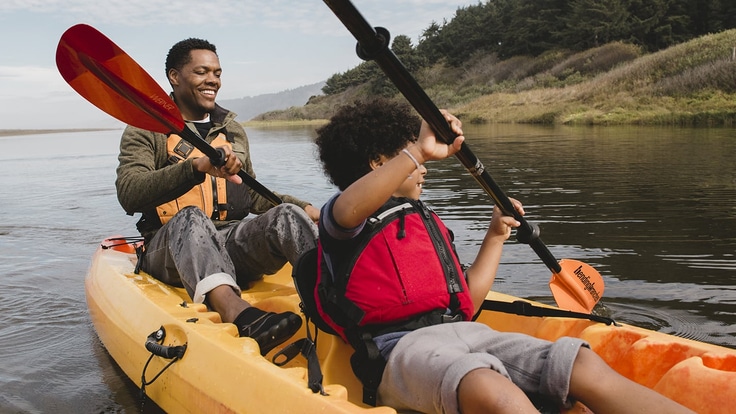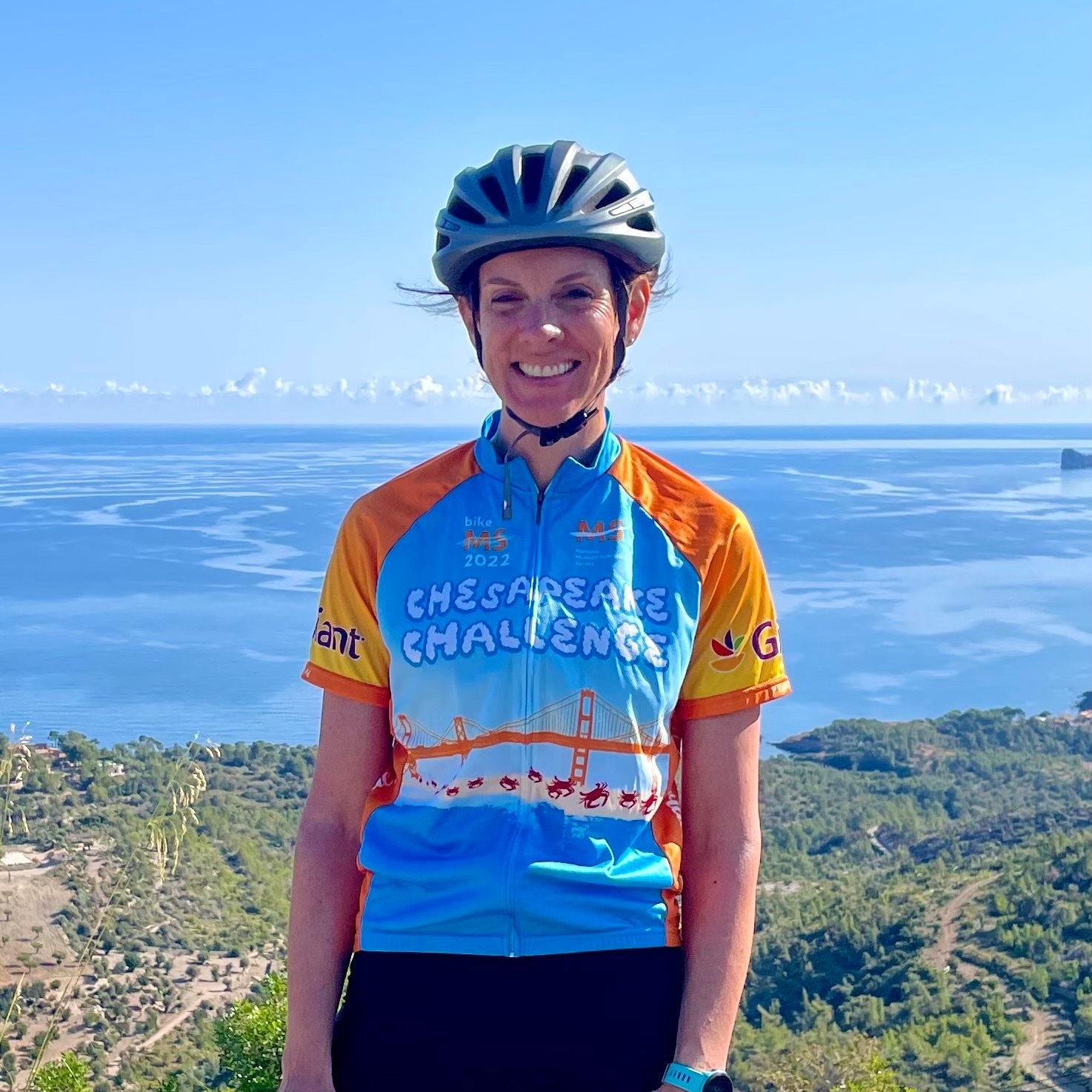Safety when kayaking, canoeing or SUPing on the water is always important, but especially when young children are along for the fun. A life jacket, also known as a PFD (Personal Flotation Device) must always be worn.
This article provides sizing and fitting tips to get the best life jacket for infants and toddlers on up to older children, plus looks at the two common PFD types for kids.
For adult PFD shopping tips, see the REI Expert Advice article, PFDs: How to Choose.
Life Jacket Sizing for Kids
Fit is important in keeping a child's head above water, so do not get a too-big PFD thinking he or she will grow into it.
Sizing for a youngster depends on his or her weight (and not chest size, as it does with adults):
- Infant PFDs: 8 to 30 pounds
- Child PFDs: 30 to 50 pounds
- Youth PFDs: 50 to 90 pounds
For infants and small children, a PFD should have a:
- Padded head support to help keep the child's head above water.
- Grab handle to assist retrieving the child out of the water.
- Crotch strap to help keep the PFD from riding up.
Youth-sized PFDs look like, and have the same features as, adult PFDs. The more straps a PFD has, the more adjustments can be made for sizing.
Types of Life Jackets
There are two different types of PFDs—wearable or throwable—that come in five different numerical buoyancy classifications based on performance levels. Most children and youths should use a wearable Level 70 USCG-approved model. PFDs for infants are often a Level 100 design.
- Level 70 PFDs. These PFDs are suitable for various sports activities and the most comfortable for continuous wear and freedom of movement. They are recommended for calm, inland waters where there is a quick chance of rescue. Level 70 PFDs are designed so wearers can put themselves in a face-up position, but they may have to tilt their head back to avoid being face down in water.
Level 100 PFDs. These PFDs provide increased safety and flotation, and are recommended in situations where infants or small children cannot assist themselves. These PFDs will turn most unconscious wearers to the face-up position.
Fitting and Wearing a Life Jacket
As with an adult's PFD, a child's PFD must fit snugly. Check the fit once the child is secured in it. Pick the child up by the shoulders of the PFD. The child's chin and ears should not slip through.
Familiarize your child with a PFD beforehand so he/she will be comfortable wearing it and hopefully less likely to panic during the activity. Maren Van Nostrand, avid paddler and author of the REI Expert Advice Kids and Kayaking article, offers this advice:
Tip: Babies and toddlers sometimes "hate" their PFD. This catches many parents by surprise. If possible, prepare youngsters ahead of time at home. Offer a reward for keeping it on or make a game of it.

